Landscapes that have succumbed to wildfires, or burn scars, present especially difficult hydrologic forecasting challenges for National Weather Service (NWS) Offices since they can be conducive to the development of flash flooding and debris flows. While the relationship between burn severity and this threat is rather complicated and dependent on a number of factors, determining the severity of the burned landscape can be important. In order to assess this threat, professionals from a range of disciplines comprising Burned Area Emergency Response (BAER) Teams conduct intensive field surveys at the burn site. BAER Teams conduct surveys as soon as team logistics and conditions allow, including containment levels of the wildfire (50% to 80% in many cases). However, the threat for the development of debris flows and flash flooding can occur before these assessments can be made and as the wildfire is still actively burning. Additionally, surveys are not conducted at all burn scars, especially in non federally-owned lands. Traditionally, satellite imagery of burn scars has been used to help remedy this gap in knowledge about burn severity at any given location. This imagery utilizes contrasting spectral properties between burned areas and healthy vegetation from a combination of Near-IR (~0.86 µm) and Shortwave IR (~2.25 µm) bands. Imagery from Landsat and other high-resolution instruments has commonly been sought and used in associated analyses, but passes from high-resolution imagers can be infrequent, and cloud cover cover can obscure a single pass. Thus, waiting periods for this type of imagery can be days to weeks depending on temporal availability of satellite passes and weather conditions. To help with this issue, NASA SPoRT has developed the generation of NBR imagery in real-time in the Automated Weather Interactive Processing System (AWIPS) using data from the GOES-16 and GOES-17 satellites (Image 1). Additionally, imagery from the VIIRS instrument aboard S-NPP has also been developed and transferred to AWIPS on an experimental basis.

Image 1. GOES-16 NBR imagery ((0.86 µm – 2.25 µm) / (0.86 µm + 2.25 µm)) overlaid with part transparent Visible (0.64 µm) imagery, 1751 UTC 8 Nov 2019
The compromise with GOES imagery is the lack of higher-resolution and thus detail observed in other imagery, yet analysis of a few fires so far this past fire season has indicated good agreement between GOES and VIIRS imagery. A few examples are posted below. Based on the color scale used, healthy/undisturbed vegetation is indicated by green colors, while burned areas appear in colors ranging from brighter yellows to oranges to reds. The difference in resolution between the 0.86 and 2.25 µm bands in GOES-17 imagery causes “false” signatures along bodies of water.

Image 2. Woodbury Fire burn scar, GOES-17 NBR 1936 UTC 1 July 2019 (left), S-NPP NBR 1936 UTC 1 July 2019 (right), along with 2019 Fire Perimeters (black outlines)

Image 3. Kincade Fire burn scar, GOES-17 NBR 2101 UTC 7 Nov 2019 (left), S-NPP NBR 2057 UTC 7 Nov 2019 (right), along with 2019 Fire Perimeters (black outlines)

Image 4. Recent So. California fire burn scars, GOES-17 NBR 2056 UTC 7 Nov 2019 (left), S-NPP NBR 2057 UTC 7 Nov 2019 (right), along with 2019 Fire Perimeters (black outlines)
While BAER Teams and Incident Meteorologists (IMETs) have also expressed a desire to have these types of imagery outside of AWIPS, in GIS-friendly formats, the advantage of making the imagery available in AWIPS is that forecasters can overlay it with other relevant hydrologic data sets that may help forecasters to better estimate the threat for flooding and debris flows. Another advantage of having data generated from GOES is the high temporal resolution of the data, allowing near-continuous analysis of burn scar development as the fire is ongoing (provided clear sky conditions from clouds or smoke).

Image 5. Sample loop of the Woodbury Fire in AZ, GOES-17 NBR overlaid with partial transparent visible (0.64 µm) imagery, 2101-2251 UTC 17 June 2019. Notice the burn scar that has already developed in western parts of the burn area (orange/yellow colors), while smoke can be seen emanating from the ongoing fire in NE parts of the fire complex (red colors).
While related development work is continuing, the SPoRT team will be discussing the potential use of this imagery with collaborative NWS offices, especially in the West CONUS, for the next wildfire season.
-Kris W.

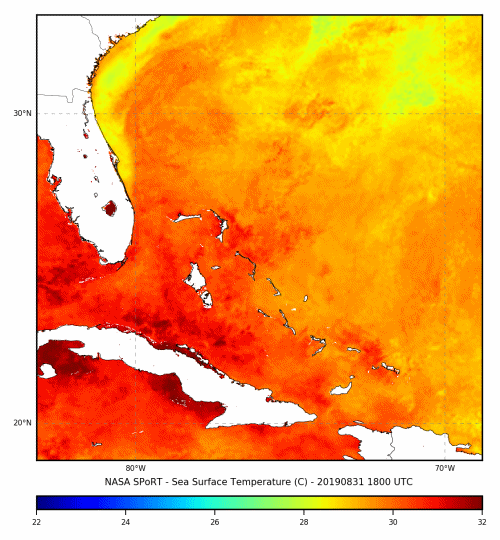





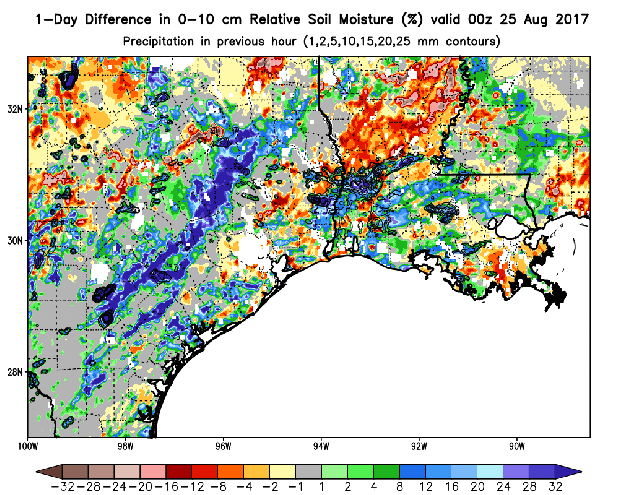





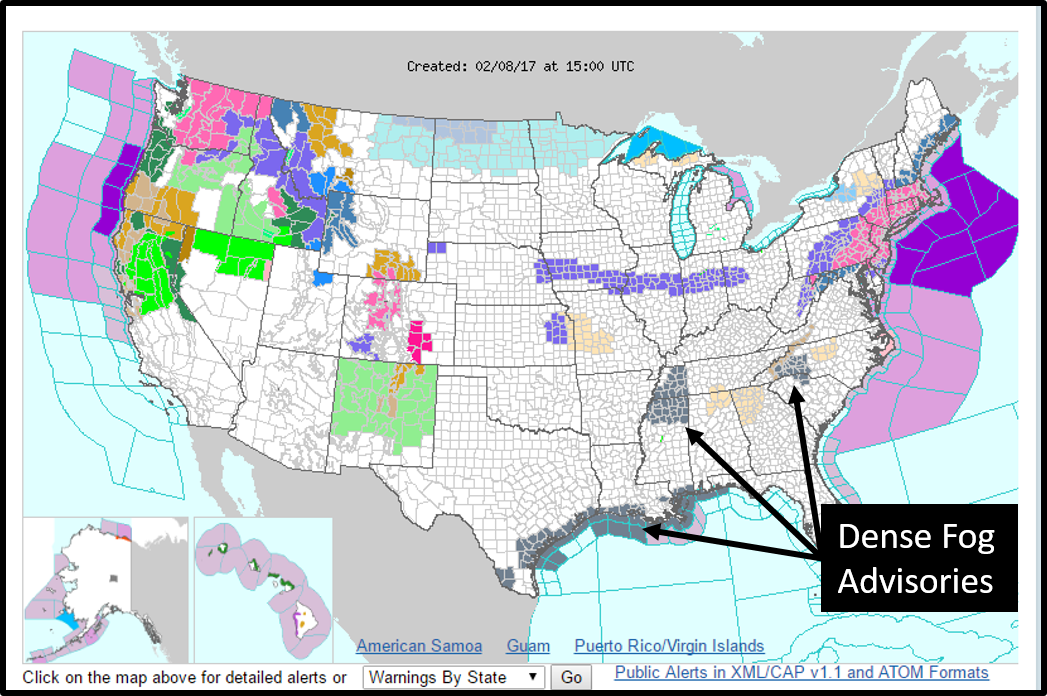
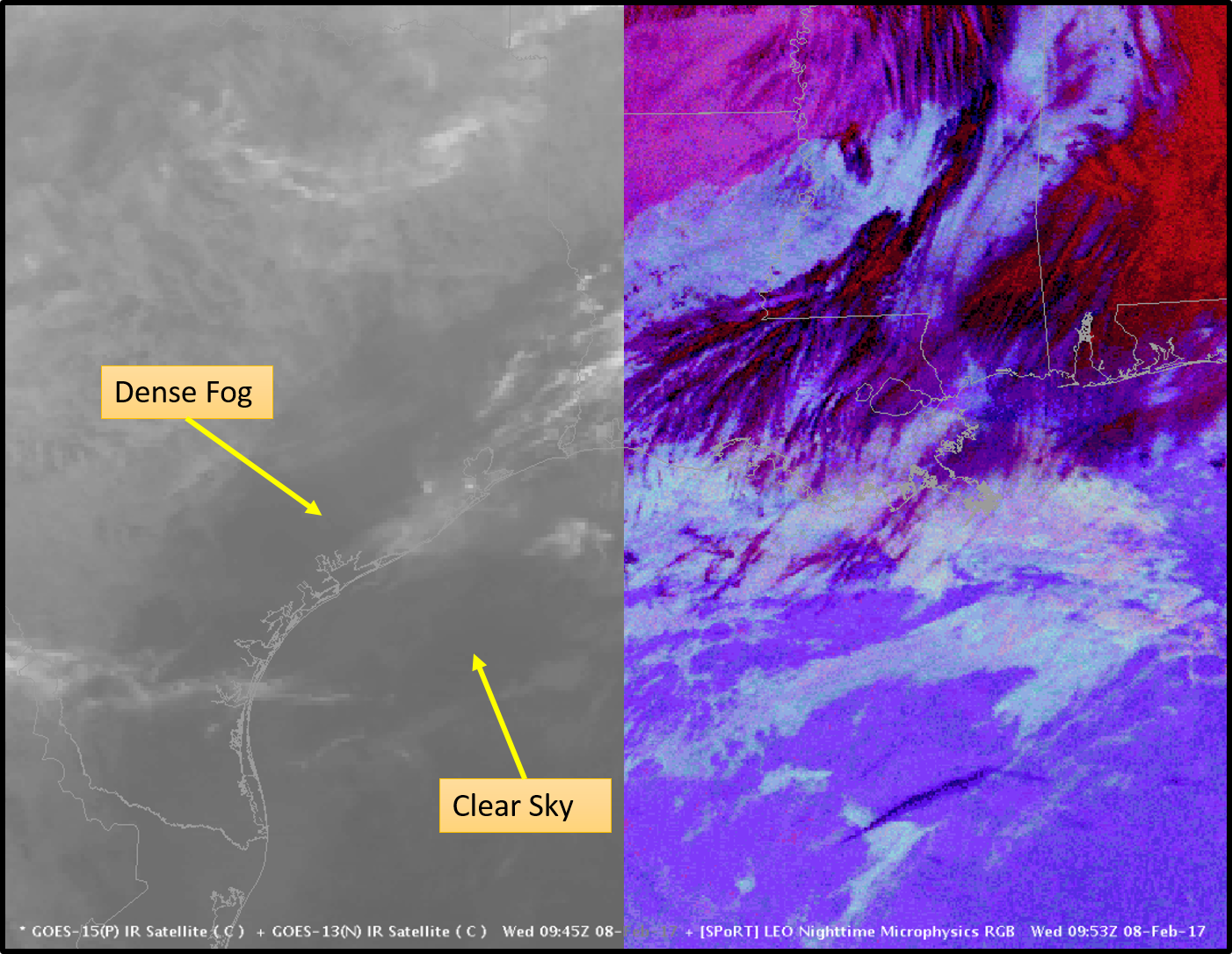
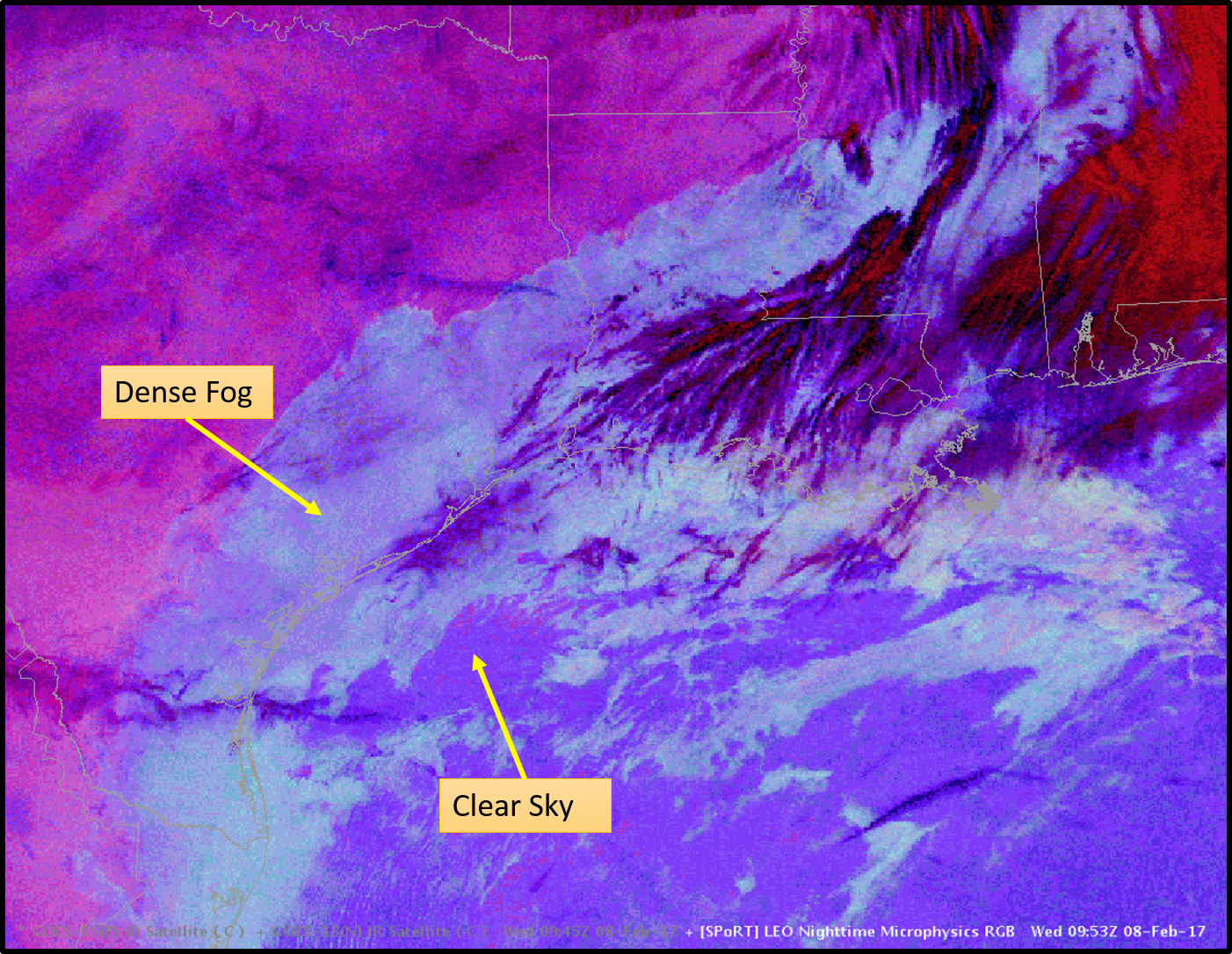
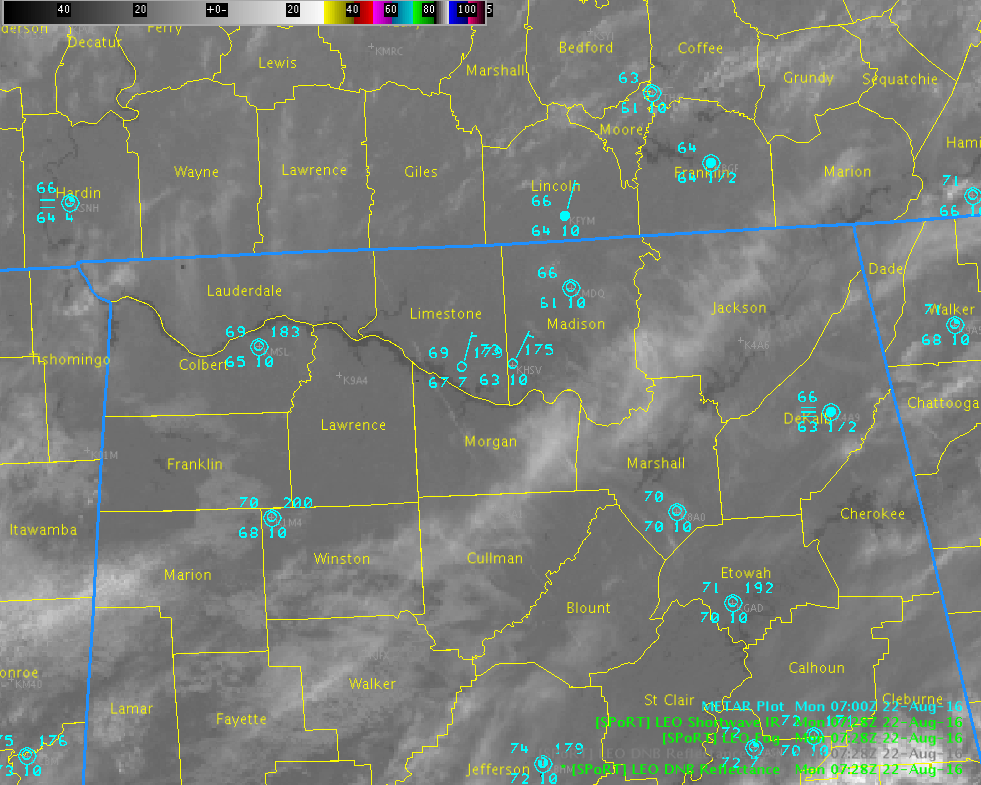
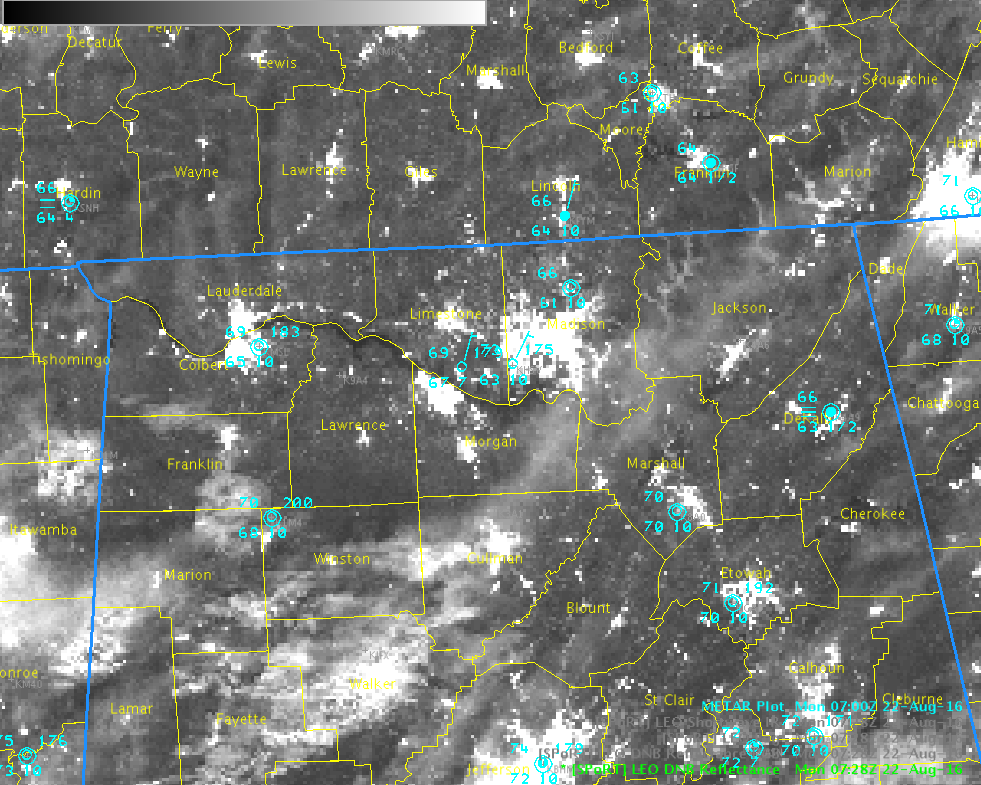
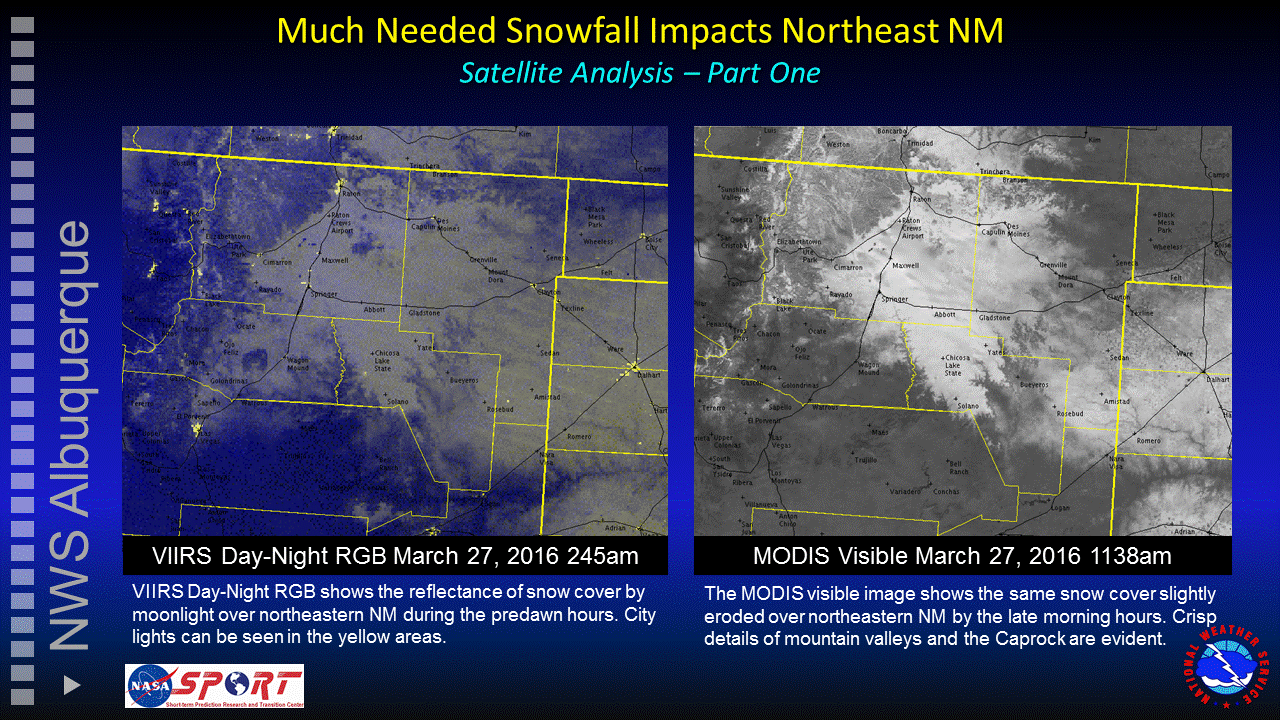
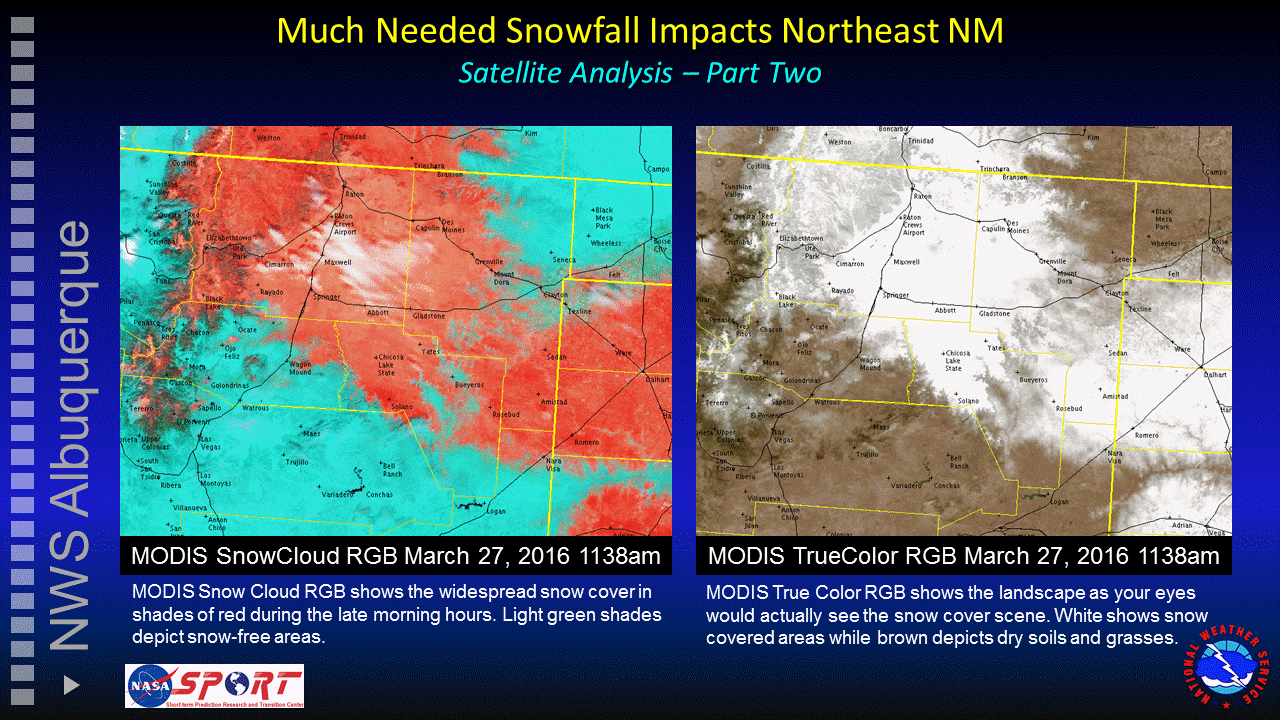
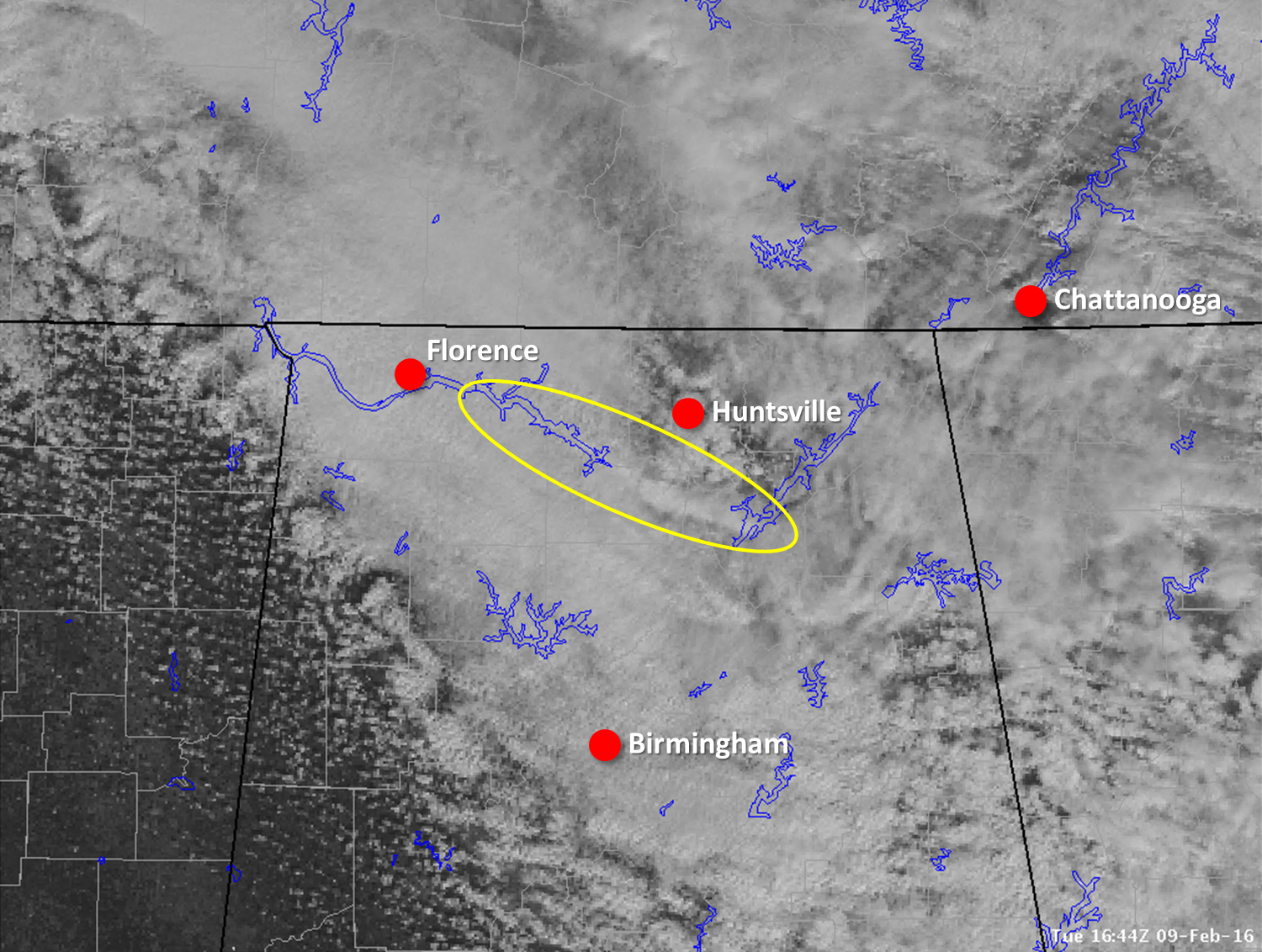
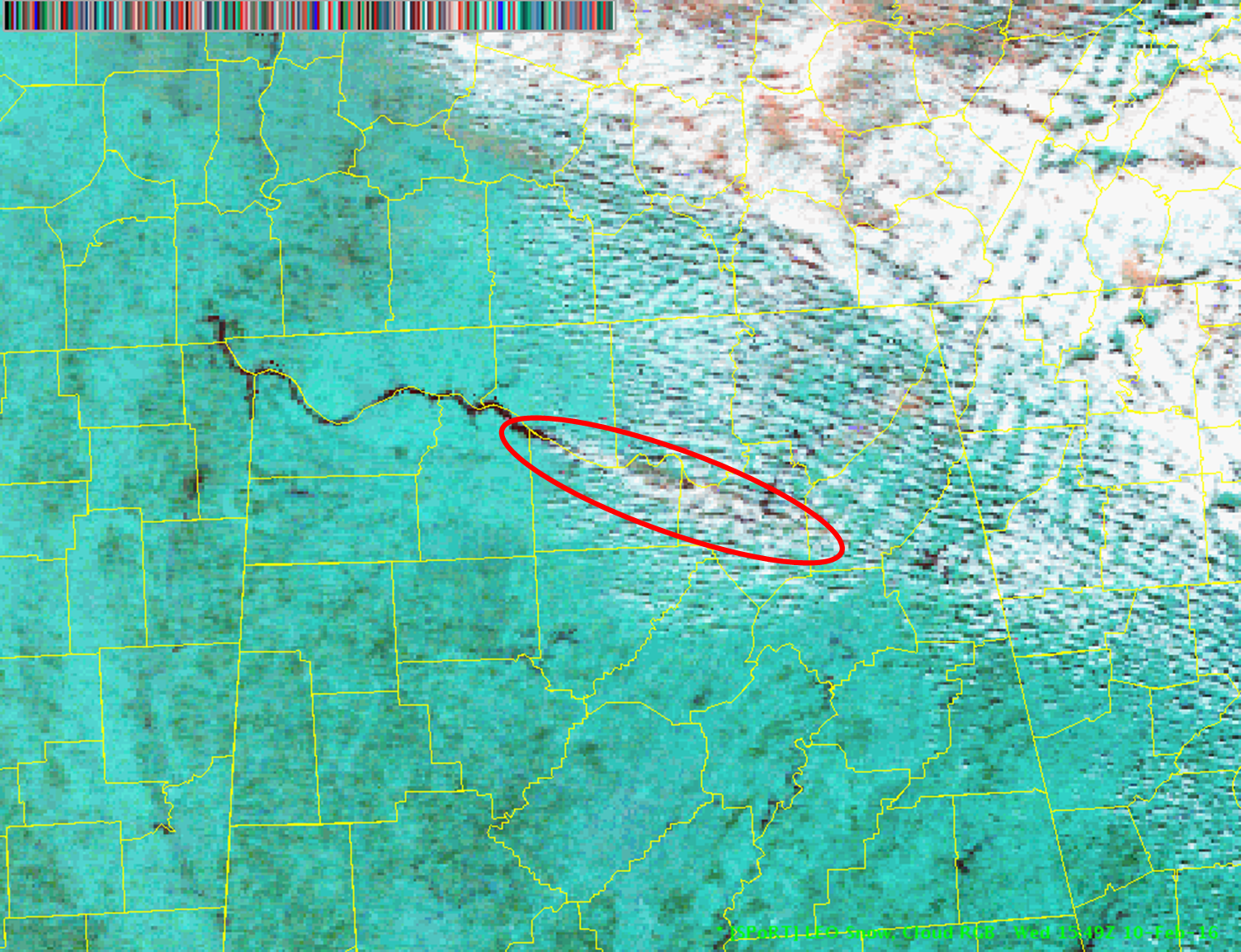
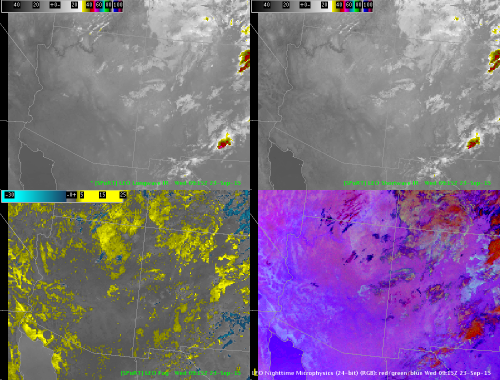

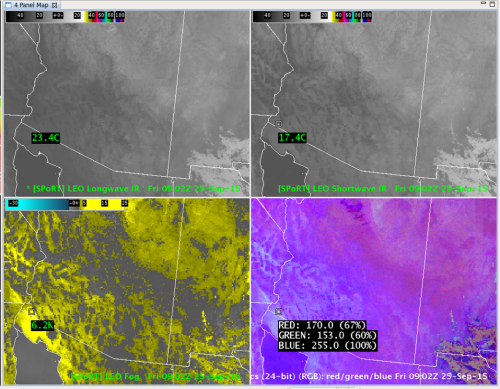
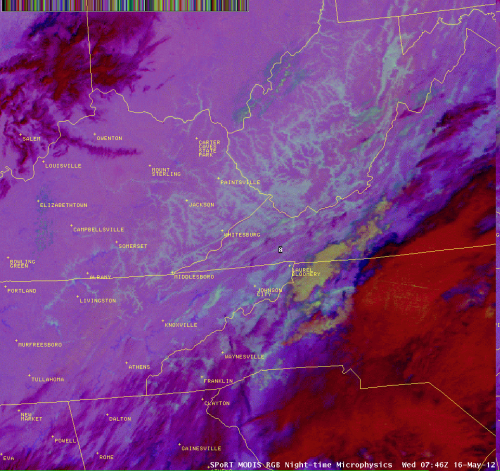
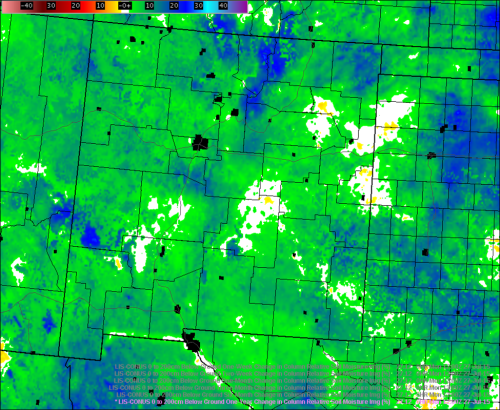
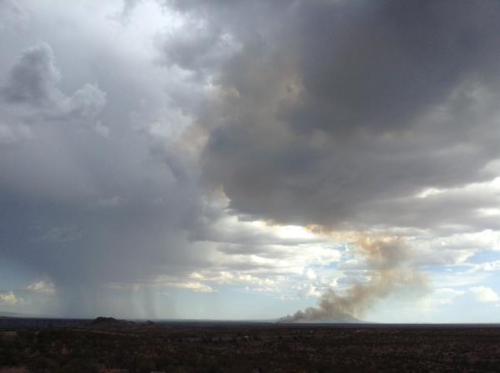
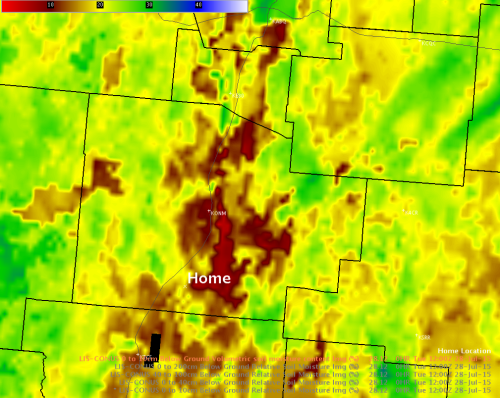
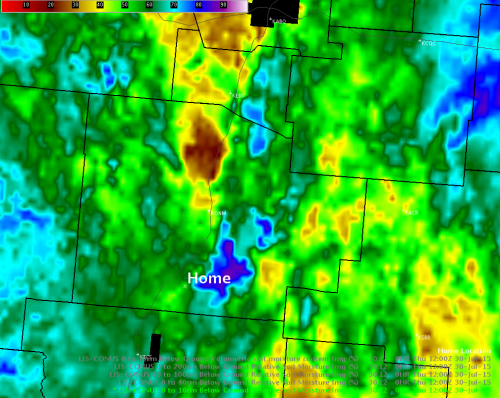
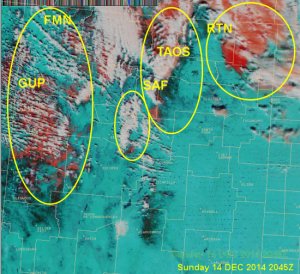
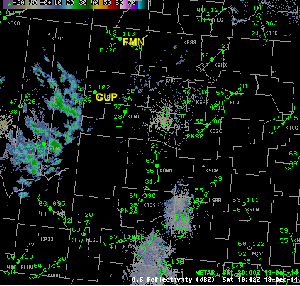
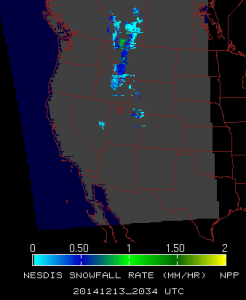
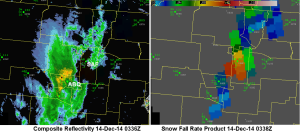

You must be logged in to post a comment.